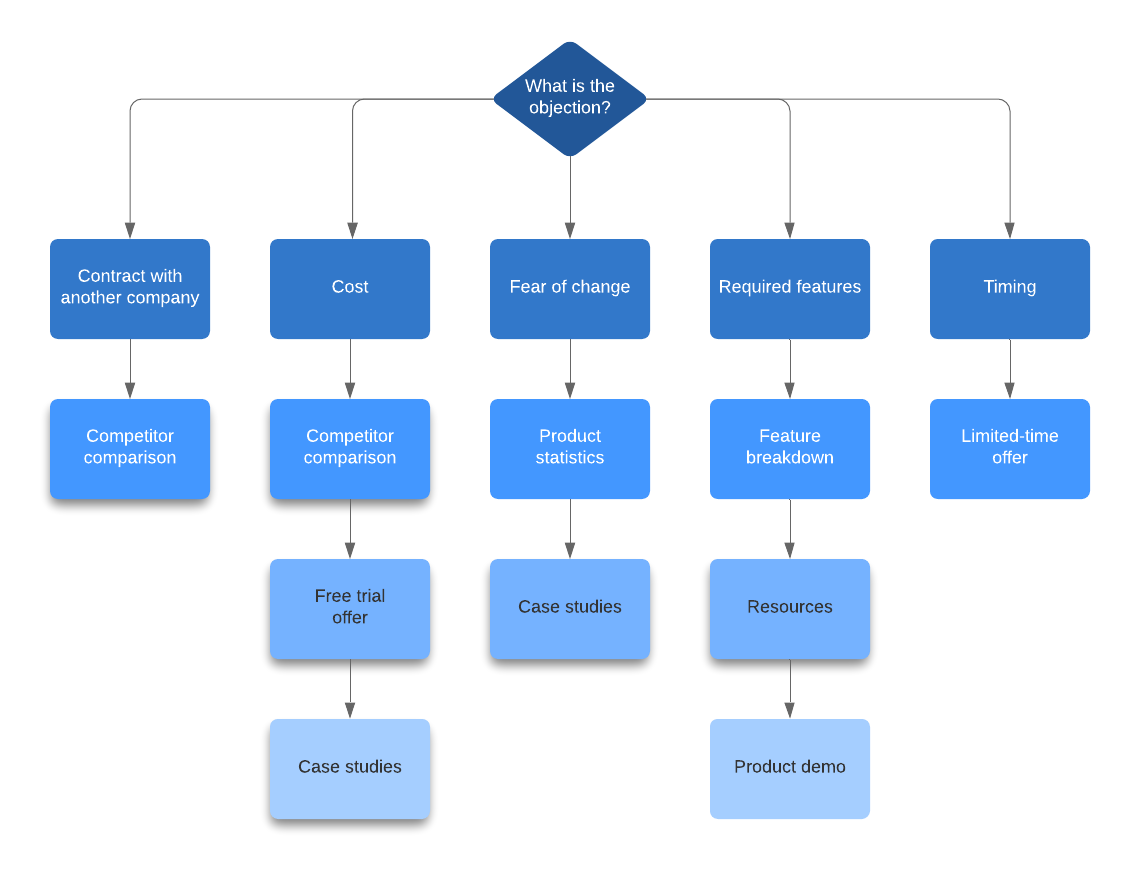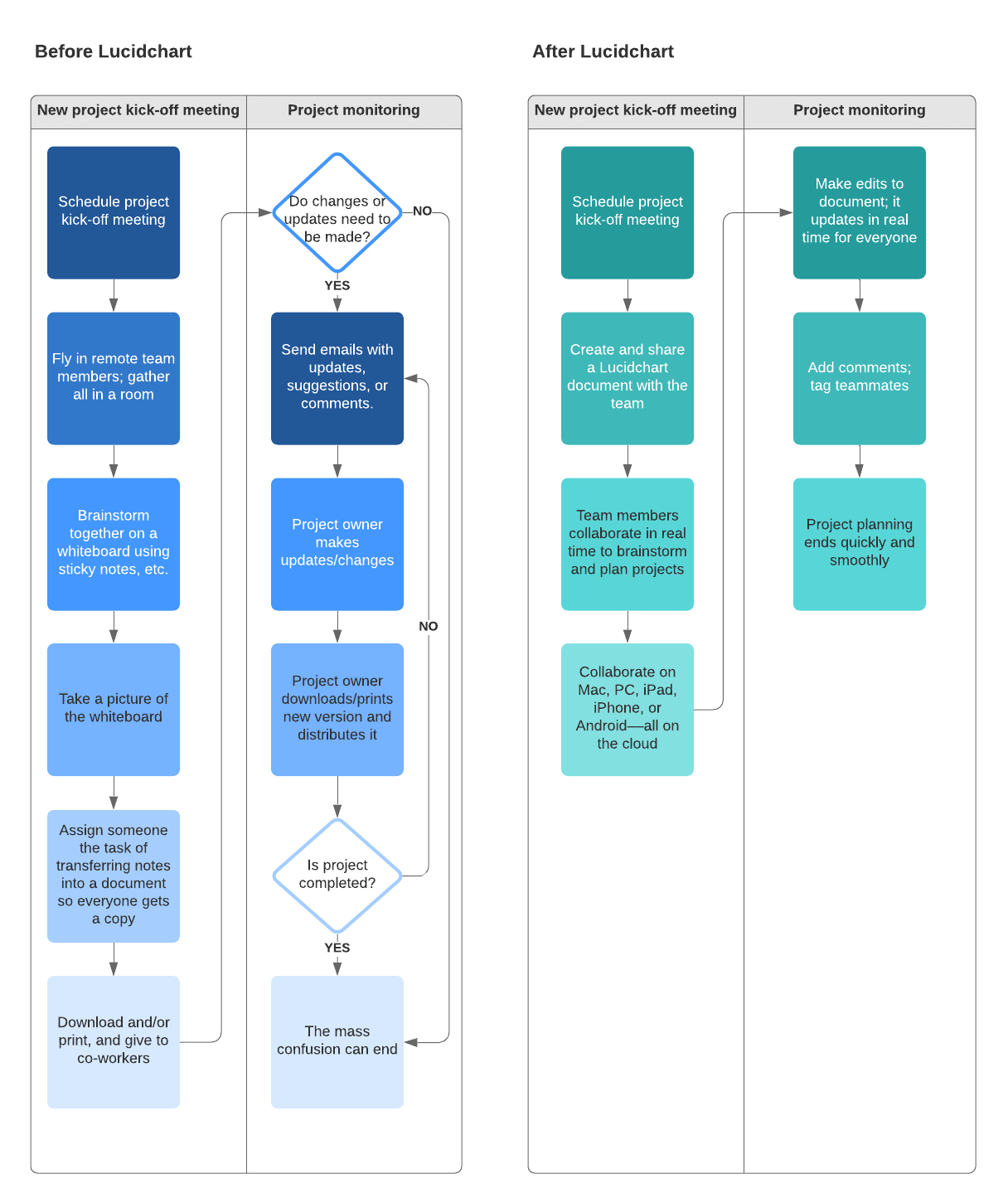Sales flow : real active member sales flow that best work for your products on gumroad
Gumroad on sales flow : This is a Work that most people like and looking for on how to get sales for Thier store through www.fiverr.com/carate_gum √ >Every day, you'll receive emails that will guide you through reaching the sales goal you want.
1 A sales process is a set of repeatable steps that a sales person takes to take a prospective buyer from the early stage of awareness to a closed sale. Typically, a sales process consists of 5-7 steps: Prospecting, Preparation, Approach, Presentation, Handling objections, Closing, and Follow
2 The seven-step sales process outlined in business textbooks is a good start, especially since 40% of sales teams don’t have a playbook—and a playbook or sales strategy makes you 33% more likely to close sales at a higher rate. The seven-step sales process is only a good start, though, because you need to customize it to your particular business—and, more importantly, to your target customers as you move them through the sales funnel.

1. Prospecting
The first of the seven steps in the sales process is prospecting. In this stage, you find potential customers and determine whether they have a need for your product or service—and whether they can afford what you offer. Evaluating whether the customers need your product or service and can afford it is known as qualifying.
Keep in mind that, in modern sales, it's not enough to find one prospect at a company: There are an average of 6.8 customer stakeholders involved in a typical purchase, so you'll want to practice multi-threading, or connecting with multiple decision-makers on the purchasing side. Account maps are an effective way of identifying these buyers.
2. Preparation
The second stage has you in preparation for initial contact with a potential customer, researching the market and collecting all relevant information regarding your product or service. At this point, you develop your sales presentation and tailor it to your potential client’s particular needs.
3. Approach
In the approach stage, you make first contact with your client. Sometimes this is a face-to-face meeting, sometimes it’s over the phone. There are three common approach methods.
- Premium approach: Presenting your potential client with a gift at the beginning of your interaction
- Question approach: Asking a question to get the prospect interested
- Product approach: Giving the prospect a sample or a free trial to review and evaluate your service
Dive deeper into the various sales approaches you can use to start a relationship off on the right foot.
4. Presentation
In the presentation phase, you actively demonstrate how your product or service meets the needs of your potential customer. The word presentation implies using PowerPoint and giving a salesy spiel, but it doesn’t always have to be that way—you should actively listen to your customer’s needs and then act and react accordingly.
5. Handling objections
Perhaps the most underrated of the seven steps of a sales process is handling objections. This is where you listen to your prospect’s concerns and address them. It’s also where many unsuccessful salespeople drop out of the process—44% of salespeople abandoning pursuit after one rejection, 22% after two rejections, 14% after three, and 12% after four, even though 80% of sales require at least five follow-ups to convert. Successfully handling objections and alleviating concerns separates good salespeople from bad and great from good.

Use this flowchart to map out objections and link to relevant collateral (Click on image to modify online)
6. Closing
In the closing stage, you get the decision from the client to move forward. Depending on your business, you might try one of these three closing techniques.
- Alternative choice close: Assuming the sale and offering the prospect a choice, where both options close the sale—for example, “Will you be paying the whole fee up front or in installments?” or “Will that be cash or charge?”
- Extra inducement close: Offering something extra to get the prospect to close, such as a free month of service or a discount
- Standing room only close: Creating urgency by expressing that time is of the essence—for example, “The price will be going up after this month” or “We only have six spots left”
7. Follow-up
Once you have closed the sale, your job is not done. The follow-up stage keeps you in contact with customers you have closed, not only for potential repeat business but for referrals as well. And since retaining current customers is six to seven times less costly than acquiring new ones, maintaining relationships is key.
Want to nail the sales follow-up process? Follow our tips.
Sales process takeaways: What’s important?
Now that you understand the basic seven stages of sales process development, you can begin to tailor them to your own product or service and customer base. Cut out steps that are unnecessary to your particular business and focus on your customer. You know the rules—now get ready to break them in ways that bring you closer to your customer and turn you from a sales professional to a sales artist.
Identifying the customer’s problem
You have a product or service you want to sell—now what? Anyone with a problem related to your area of expertise can be a potential customer. You'll need to dive deep into discovery work to learn each buyer's specific goals, needs, and pain points.
Developing a solution for the customer
Once you have found problems for your products to solve, it’s time to tailor your offerings to fix those issues—and be prepared to explain how your product truly is a solution for the given problems. Sales engineers can use Lucidchart to visually demonstrate how your product or service solves client problems and makes their lives easier, such as the flowchart below.

Quarterly Planning Before and After Lucidchart (Click on image to modify online)
Being persistent
Following up isn’t just for after the close to get repeat business. As stated before, most customers don’t buy right away. You have to handle objections and try, try, try again. This is where the seven-step sales process doesn’t account for repeated approaches, presentations, meetings, or phone calls where you handle objections. If it did, it might be a 13-step sales process or a 21-step sales process, or… you get the idea.
It’s a good idea to stay connected—set up a calendar for repeated contact with potential, present, and past customers.
What are the seven steps in the sales process? Whatever your customers need them to be.
Once you’ve tried out a few different approaches, tweaking the original seven steps in the sales process to fit your customers better, you should document your new procedures so that you can follow the steps that work best and easily get new reps up to speed as they are onboarded.
>You'll learn how to write an effective sales page, how to run a successful sale, creating a bonus that will get more sales, how to drive traffic to your product while you sleep and more.
>What the Course includes daily emails with instructions, tips, and resources for 5 days.
You will get 20% of products after buying products through your email